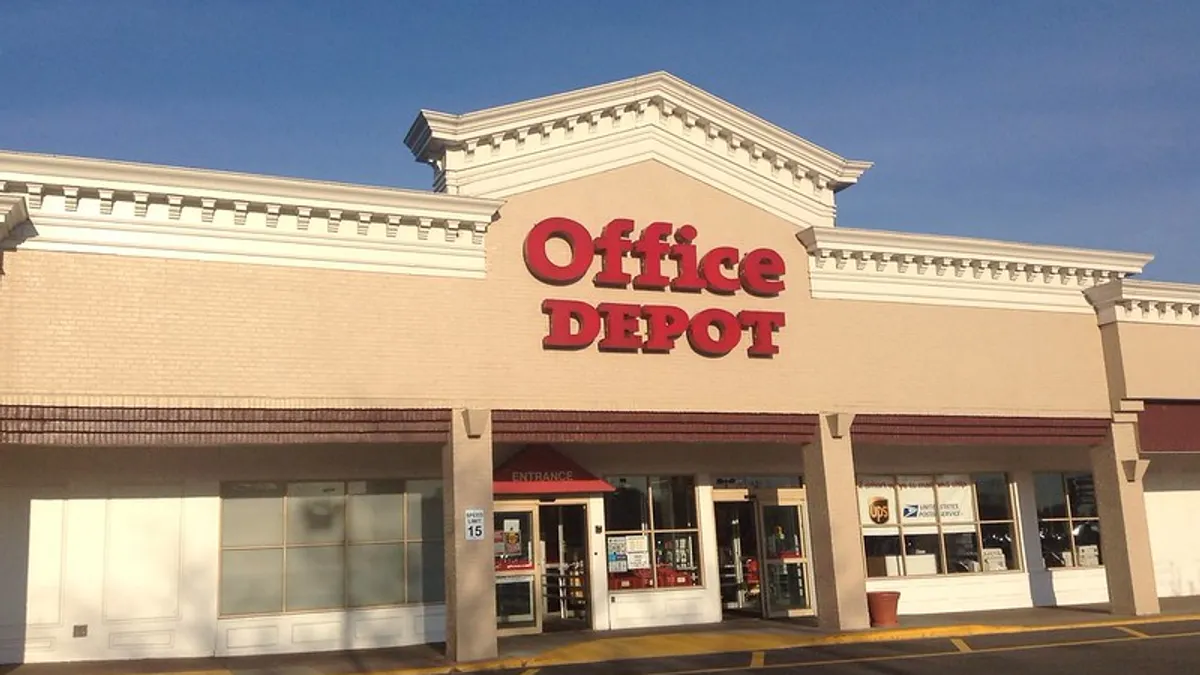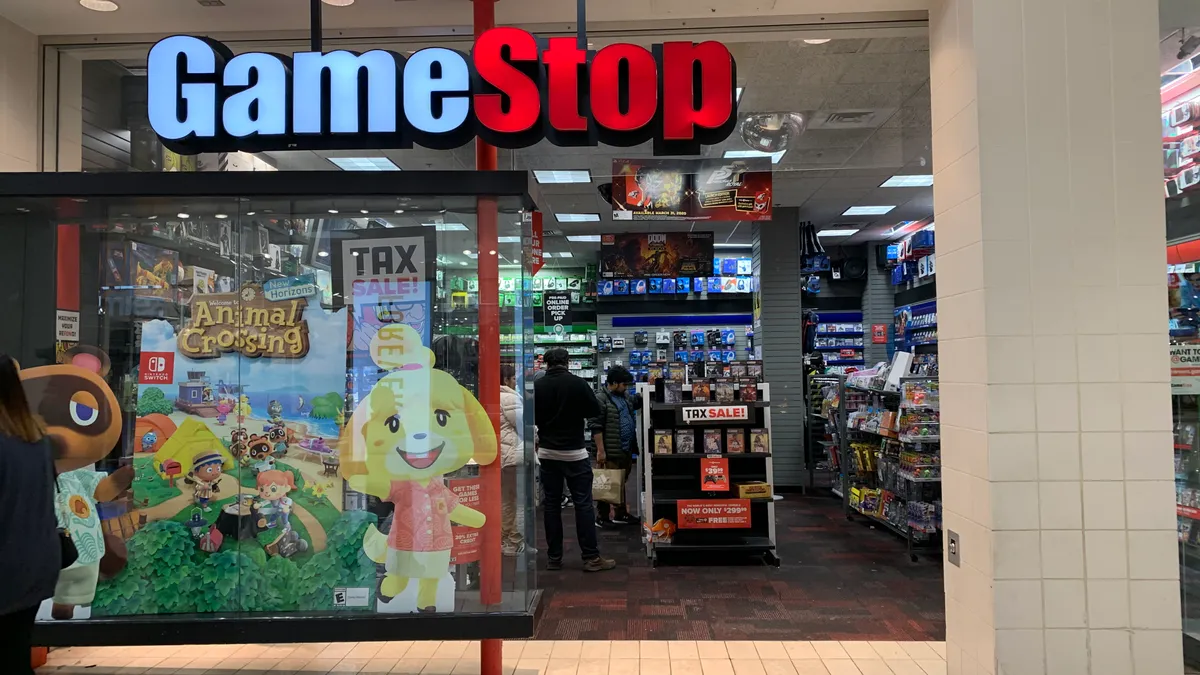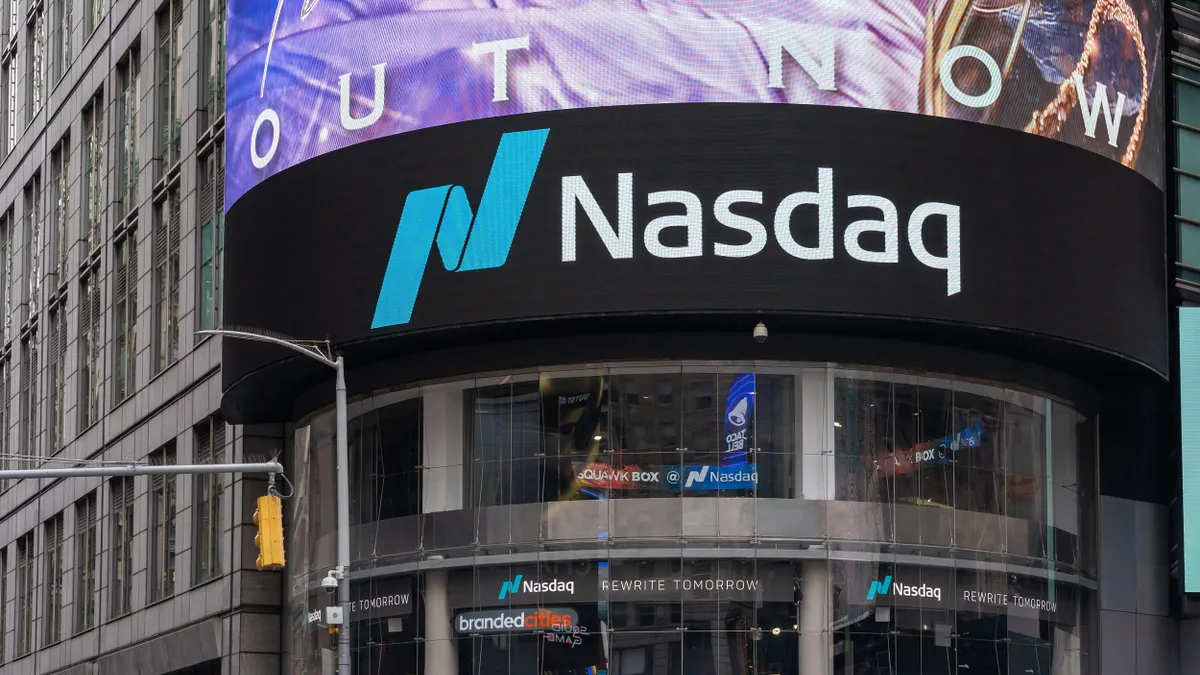When you think about Sears' place on the American retail landscape, consider this: When R.W. Sears began his watch company in Minneapolis in 1886, the United States had just 38 stars on her flag.
Sears was a railroad station agent in Minnesota, but later moved his watch company to Chicago and hired watchmaker Alvah C. Roebuck to help with repairs. The two men expanded their offerings to other goods and started up a mail-order business that catered to farmers, who at the time were feeling gouged by their local general stores.
In short, Sears and Roebuck were disrupters, and America was ready for their mail-order, money-saving approach to retail.
Disruption at the turn of the century
In the past several years, brick-and-mortar retailers have agonized over the effects of e-commerce.
Essentially the same thing happened when Sears, Roebuck and Co. challenged traditional retail with their mail order catalog featuring items at much lower prices. Stores weren't happy about it, or the way that the catalog business led to physical stores. Sears opened its first store in Chicago in 1926 and quickly expanded soon after.
But for much of its history, mail order was a substantial part of Sears' business. Consumers could shop from their own homes, their choices would appear at their doorstep, and they loved it.
Sound familiar?
“It is exactly the late 19th and 20th century predecessor to Amazon,” says Daniel Raff, a professor of management at the Wharton School at the University of Pennsylvania.
Sears appreciated “content”
By 1894, the Sears Roebuck catalog was more than 500 pages thick and featured products beyond the staples farmers and their families found in general stores. Sears by then also sold sewing machines, saddles, bicycles, shoes, and musical instruments.
Richard Sears had an appreciation for appealing to customers through his catalog, and was famous for writing every word of copy for years.
Edgar Rice Burroughs, who later wrote “Tarzan,” got his start writing for the Sears catalog, and Norman Rockwell created some of the covers. Actors, models, and stars like Gloria Swanson, Susan Hayward, Lauren Bacall, Cheryl Tiegs, Roy Rogers, and Ted Williams were all featured in the retailer’s famous “Big Book.”
So what happened?
There was a time when the Sears Roebuck catalog had nearly anything an American could buy — work boots, swim suits, tools, appliances, even entire houses.
Yet, as of last year, American families can’t even take their traditional Sears Portrait Studio photo because the photography business that ran the service went bankrupt, most likely a victim to the ubiquitous picture-taking habits of every cell phone holder.
Chairman and CEO Edward Lampert says he’s putting money and muscle into the technology it will take to boost Sears' e-commerce segment. If successful, it could in a way bring the retailer back to its roots, when its catalog was the go-to place to order, well, everything. More likely, experts say, it should beef up its still-admired Kenmore and Craftsman brands and do all it can to keep those products indispensable to Americans.
But it’s Lampert who some observers say is largely to blame for the downfall of one of America’s most iconic retailers — or maybe two, if you count Kmart. With no background in retail, Lampert’s hedge fund first bought enough of a stake in Kmart, then in Sears to merge the two under Sears Holding Corp. in 2004.
Since then, Lampert has established corporate divisions and competing fiefdoms that hobbled the retailer giant at a time when it needed to be investing in its stores and its e-commerce, while also decimating much of its assets.
Is this the end?
When Sears closed its downtown Chicago flagship store earlier this year, it was a little like admitting defeat. The retailer continues to close stores, lay off employees, and shed assets in hopes of garnering cash as it struggles to compete or even merely survive.
Credit rating agency Fitch Ratings in September cut its credit rating grade from CCC to CC, and warned that the retailer may not have the cash to operate beyond 2016, saying it expects revenue to fall as much as 9% to 10% this year.
Also in September, Gary Balter, an analyst at Credit Suisse, said that when it comes to Sears, the Doors song “The End” is stuck in his head. It's a song that is notably bleak: “This is the end … the end of our elaborate plans, the end of everything that stands, the end. No safety or surprise, the end. I'll never look into your eyes again.”
To stanch the hemorrhage, Lampert's hedge fund is now supplying millions to shore up the retailer. But the terms of the loans are likely to benefit him more than Sears itself.
“Just another weird and deeply sad turn," writes Yahoo Finance’s Jeff Macke, "for a company that was once the best of Amazon and Walmart rolled into one.”






















